Max Panoff
GAZEploit: Remote Keystroke Inference Attack by Gaze Estimation from Avatar Views in VR/MR Devices
Sep 12, 2024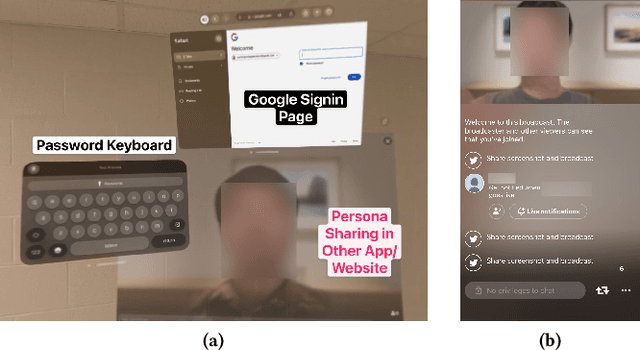

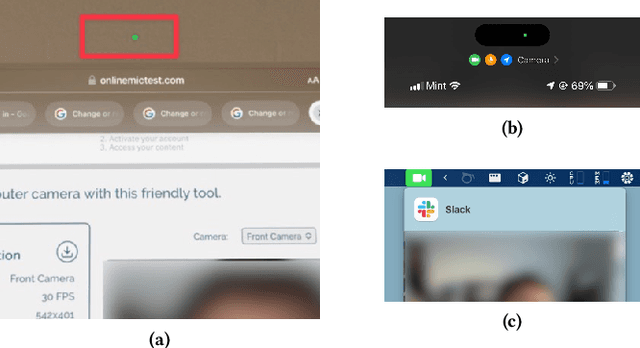

Abstract:The advent and growing popularity of Virtual Reality (VR) and Mixed Reality (MR) solutions have revolutionized the way we interact with digital platforms. The cutting-edge gaze-controlled typing methods, now prevalent in high-end models of these devices, e.g., Apple Vision Pro, have not only improved user experience but also mitigated traditional keystroke inference attacks that relied on hand gestures, head movements and acoustic side-channels. However, this advancement has paradoxically given birth to a new, potentially more insidious cyber threat, GAZEploit. In this paper, we unveil GAZEploit, a novel eye-tracking based attack specifically designed to exploit these eye-tracking information by leveraging the common use of virtual appearances in VR applications. This widespread usage significantly enhances the practicality and feasibility of our attack compared to existing methods. GAZEploit takes advantage of this vulnerability to remotely extract gaze estimations and steal sensitive keystroke information across various typing scenarios-including messages, passwords, URLs, emails, and passcodes. Our research, involving 30 participants, achieved over 80% accuracy in keystroke inference. Alarmingly, our study also identified over 15 top-rated apps in the Apple Store as vulnerable to the GAZEploit attack, emphasizing the urgent need for bolstered security measures for this state-of-the-art VR/MR text entry method.
A Review and Comparison of AI Enhanced Side Channel Analysis
Feb 03, 2024



Abstract:Side Channel Analysis (SCA) presents a clear threat to privacy and security in modern computing systems. The vast majority of communications are secured through cryptographic algorithms. These algorithms are often provably-secure from a cryptographical perspective, but their implementation on real hardware introduces vulnerabilities. Adversaries can exploit these vulnerabilities to conduct SCA and recover confidential information, such as secret keys or internal states. The threat of SCA has greatly increased as machine learning, and in particular deep learning, enhanced attacks become more common. In this work, we will examine the latest state-of-the-art deep learning techniques for side channel analysis, the theory behind them, and how they are conducted. Our focus will be on profiling attacks using deep learning techniques, but we will also examine some new and emerging methodologies enhanced by deep learning techniques, such as non-profiled attacks, artificial trace generation, and others. Finally, different deep learning enhanced SCA schemes attempted against the ANSSI SCA Database (ASCAD) and their relative performance will be evaluated and compared. This will lead to new research directions to secure cryptographic implementations against the latest SCA attacks.
Programmable EM Sensor Array for Golden-Model Free Run-time Trojan Detection and Localization
Jan 22, 2024

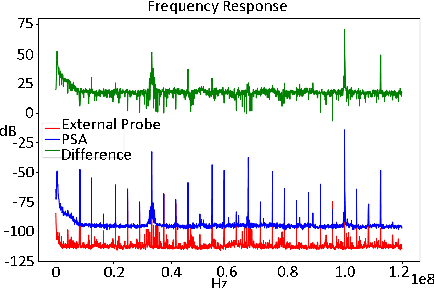

Abstract:Side-channel analysis has been proven effective at detecting hardware Trojans in integrated circuits (ICs). However, most detection techniques rely on large external probes and antennas for data collection and require a long measurement time to detect Trojans. Such limitations make these techniques impractical for run-time deployment and ineffective in detecting small Trojans with subtle side-channel signatures. To overcome these challenges, we propose a Programmable Sensor Array (PSA) for run-time hardware Trojan detection, localization, and identification. PSA is a tampering-resilient integrated on-chip magnetic field sensor array that can be re-programmed to change the sensors' shape, size, and location. Using PSA, EM side-channel measurement results collected from sensors at different locations on an IC can be analyzed to localize and identify the Trojan. The PSA has better performance than conventional external magnetic probes and state-of-the-art on-chip single-coil magnetic field sensors. We fabricated an AES-128 test chip with four AES Hardware Trojans. They were successfully detected, located, and identified with the proposed on-chip PSA within 10 milliseconds using our proposed cross-domain analysis.
Reliable Multi-Object Tracking in the Presence of Unreliable Detections
Dec 15, 2021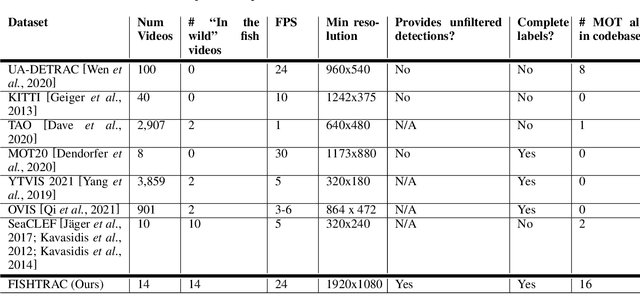
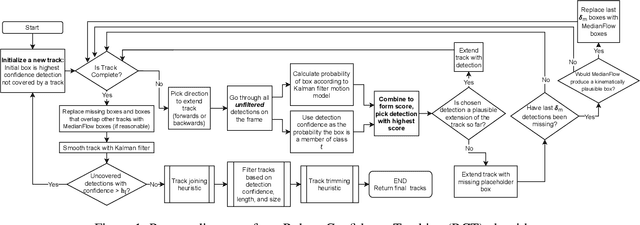
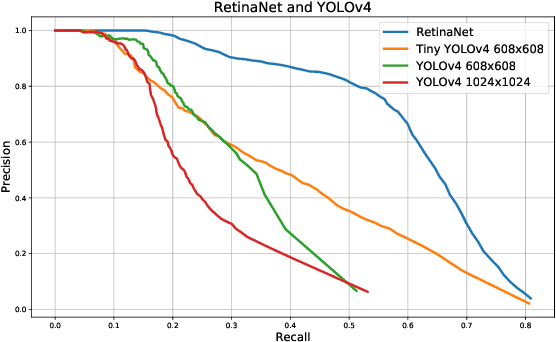

Abstract:Recent multi-object tracking (MOT) systems have leveraged highly accurate object detectors; however, training such detectors requires large amounts of labeled data. Although such data is widely available for humans and vehicles, it is significantly more scarce for other animal species. We present Robust Confidence Tracking (RCT), an algorithm designed to maintain robust performance even when detection quality is poor. In contrast to prior methods which discard detection confidence information, RCT takes a fundamentally different approach, relying on the exact detection confidence values to initialize tracks, extend tracks, and filter tracks. In particular, RCT is able to minimize identity switches by efficiently using low-confidence detections (along with a single object tracker) to keep continuous track of objects. To evaluate trackers in the presence of unreliable detections, we present a challenging real-world underwater fish tracking dataset, FISHTRAC. In an evaluation on FISHTRAC as well as the UA-DETRAC dataset, we find that RCT outperforms other algorithms when provided with imperfect detections, including state-of-the-art deep single and multi-object trackers as well as more classic approaches. Specifically, RCT has the best average HOTA across methods that successfully return results for all sequences, and has significantly less identity switches than other methods.
 Add to Chrome
Add to Chrome Add to Firefox
Add to Firefox Add to Edge
Add to Edge